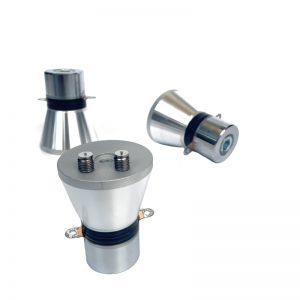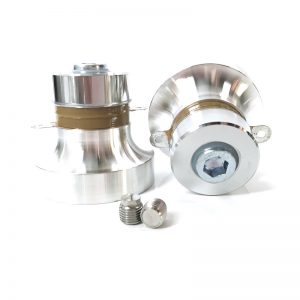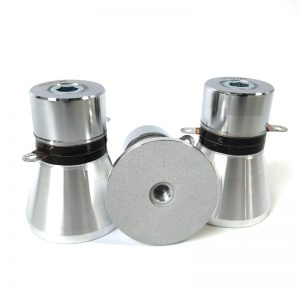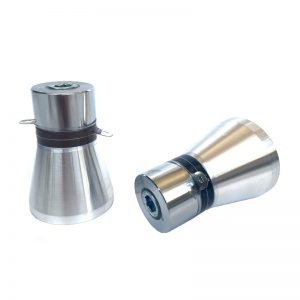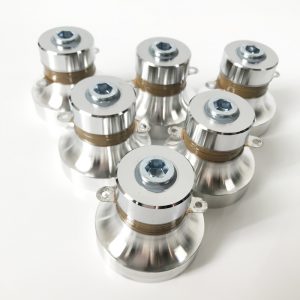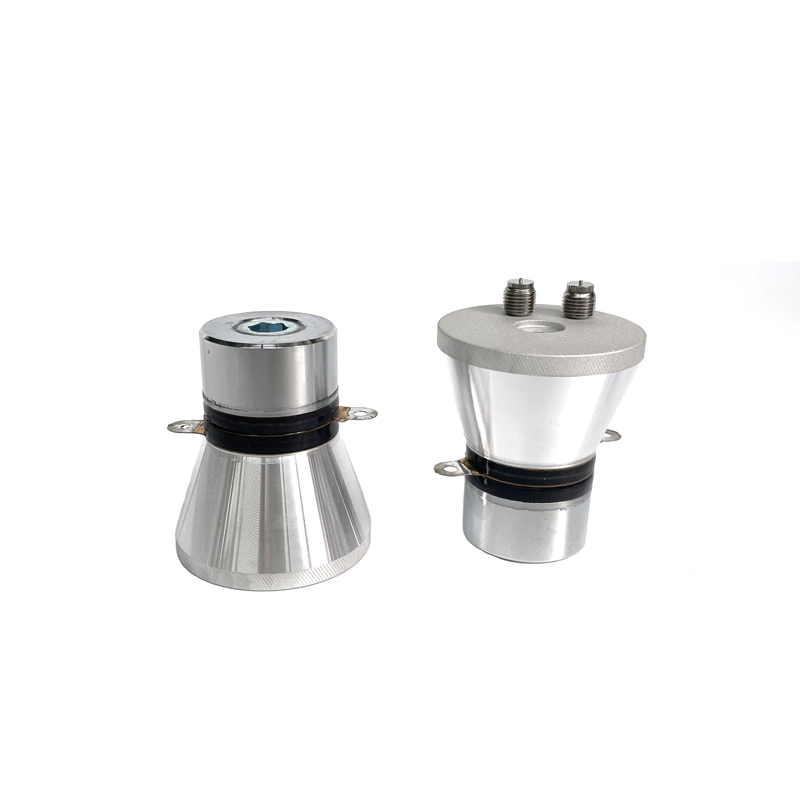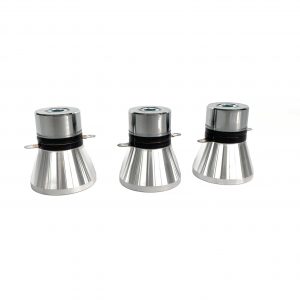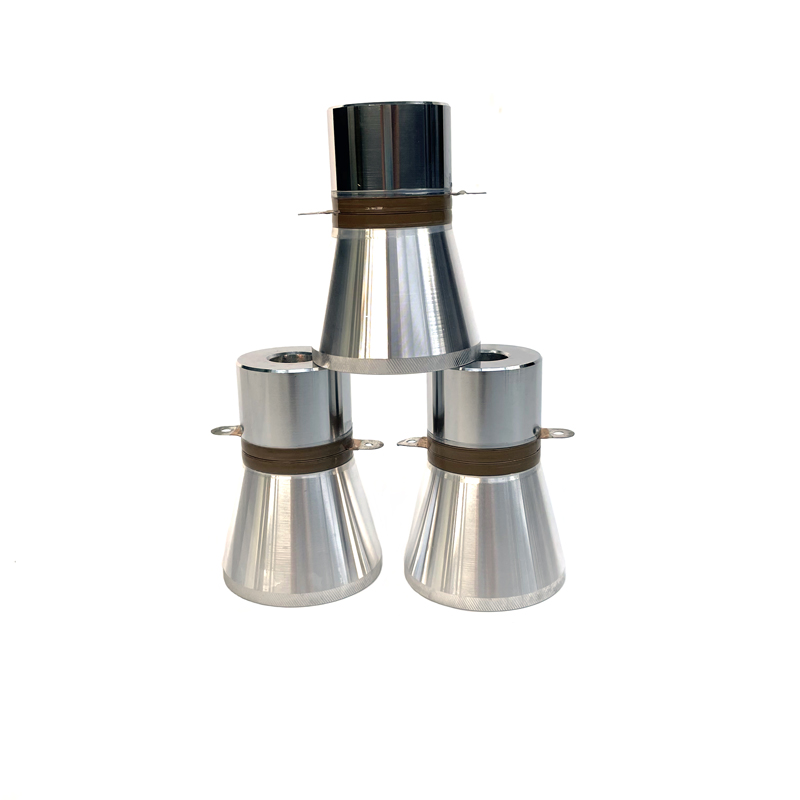 Ultrasonic cleaning utilizes the cavitation, acceleration, and direct inflow effects of ultrasound in liquids to directly and indirectly disperse, emulsify, and peel off the dirt layer, achieving the cleaning purpose. Gleichzeitig, it can promote chemical reactions between the cleaning solution and dirt, achieving the goal of cleaning objects. The frequency used for ultrasonic cleaning machines can be selected from 20 to 120 kHz based on the size and purpose of the cleaning material, usually ranging from 20 to 40 kHz. Ultrasonic cleaning has been increasingly widely used in various industries such as industry, agriculture, household equipment, electronics, automobiles, rubber, printing, aircraft, food, hospitals, and medical research.
Ultrasonic cleaning utilizes the cavitation, acceleration, and direct inflow effects of ultrasound in liquids to directly and indirectly disperse, emulsify, and peel off the dirt layer, achieving the cleaning purpose. Gleichzeitig, it can promote chemical reactions between the cleaning solution and dirt, achieving the goal of cleaning objects. The frequency used for ultrasonic cleaning machines can be selected from 20 to 120 kHz based on the size and purpose of the cleaning material, usually ranging from 20 to 40 kHz. Ultrasonic cleaning has been increasingly widely used in various industries such as industry, agriculture, household equipment, electronics, automobiles, rubber, printing, aircraft, food, hospitals, and medical research.
| Art | Full length(Mm) | weight(g) | FR (khz) | impedance(Ω) | CP(Pf)±10% | power(w) |
| PT-UT38/80 KHZ P 4 | 61 | 330 | 38/80 | <35 | 4800 | 50 |
| PT-UT40/100KHZ P 4 | 54 | 280 | 41/100 | <50 | 5200 | 40 |
| PT-UT50K P4 | 42 | 135 | 50 | <35 | 3200 | 25 |
| PT-UT28/83/130 KHZ P 4 | 70 | 480 | 28/83/130 | <30 | 5000 | 30 |
| PT-UT25/45/80KHZ P4 | 78 | 540 | 25/45/80 | <30 | 5000 | 30 |
| PT-UT33/89/135KHZ P4 |
60 |
430 | 33/89/135 | <30 | 5000 | 40 |
| PT-UT28/41/123KHZ P4 | 68 | 630 | 28/41/123 | <35 | 6800 | 60 |
| PT-UT40/80/120K | 56 | 260 | 120 | <35 | 5400 | 30 |
| PT-UT28/60/70/84KHZP4(quadruple frequency)60W70K | 81 | 465 |
28/50/60/70/84 |
<35 | 5000 | 30 |
| PT-UT40/77/100/170KHZ P4 | 55 | 270 | 40/77/100/170 | <30 | 4000 |
30 |
 Ultraschall-Wandler,Ultraschall-Generator,Ultraschall-Reiniger -SKSONIC
Ultraschall-Wandler,Ultraschall-Generator,Ultraschall-Reiniger -SKSONIC
